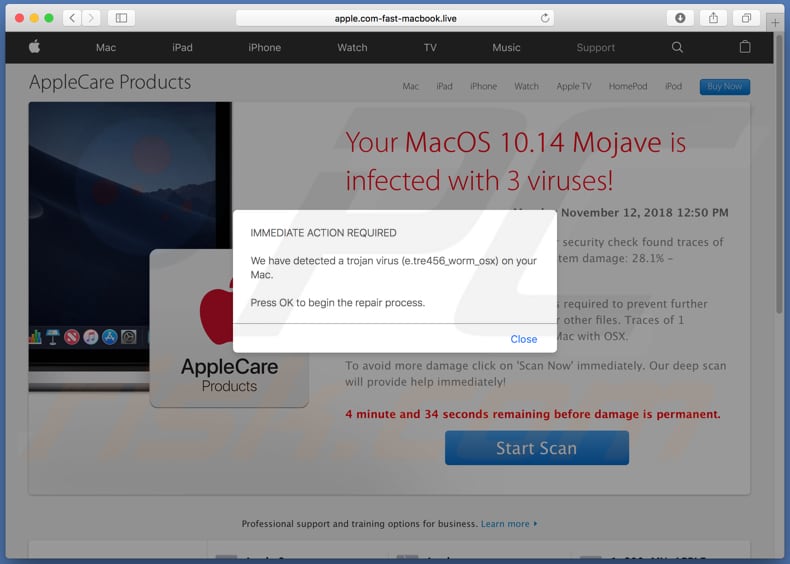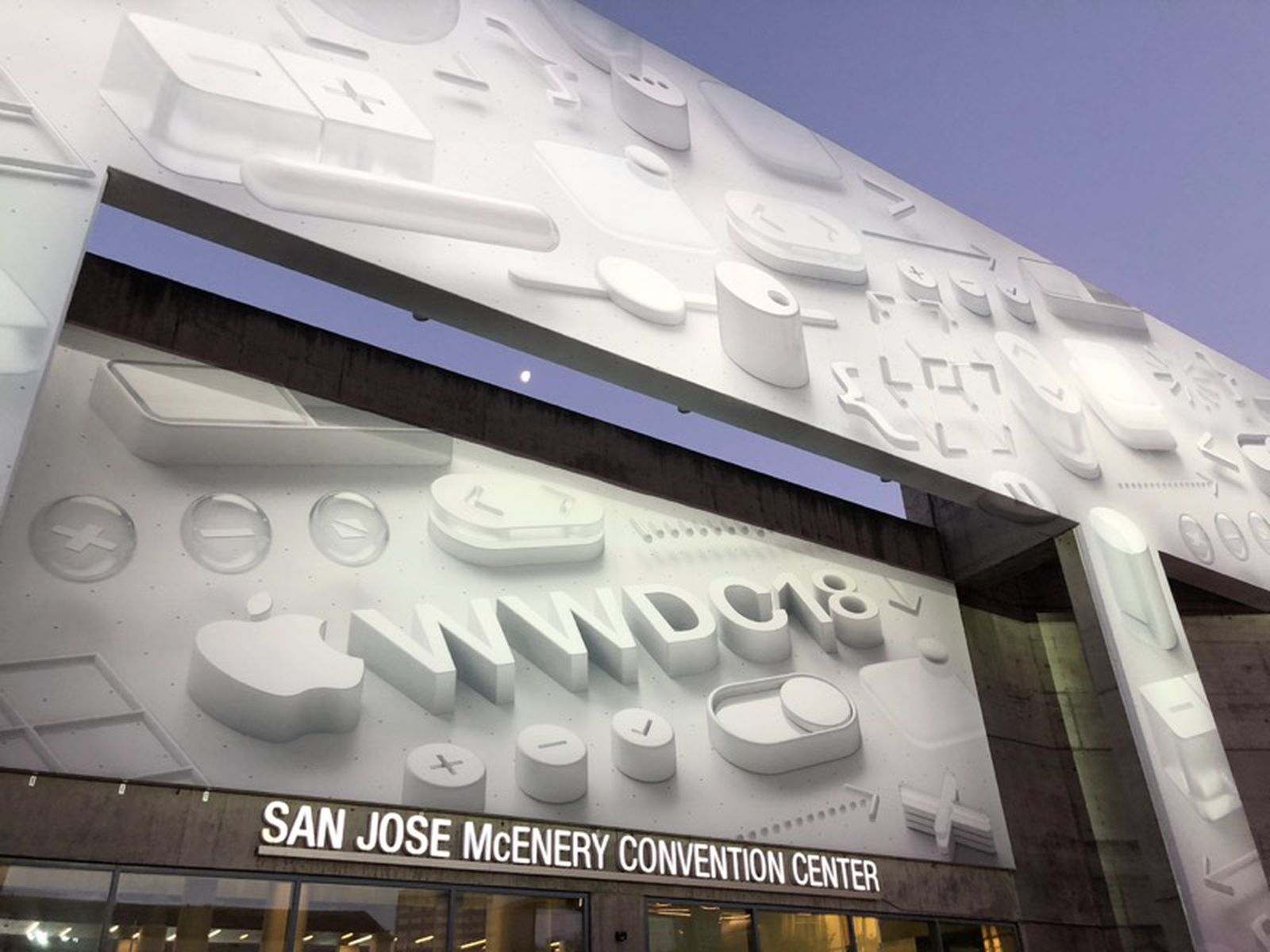On the upper bar, click HP Easy Scan, and then click Check for Updates. Download any available updates, and then reopen the app. If HP Easy Scan does not display, download and install the HP Easy Scan app from the App Store, and then open the app. In HP Easy Scan, click the Scanner drop-down menu, and then select your printer. Oct 12, 2018 Fujitsu has adapted the ScanSnap Home software for macOS Mojave. Now supported scanner models are ScanSnap iX1500, iX500, iX100, S1300i, S1100i and SV600. View and download the updated software here. If you are using an older scanner from the ScanSnap series (or from another manufacturer) that no longer runs under. Oct 10, 2018 In macOS Mojave, Apple has introduced a screen capture interface that unifies the screenshot and screen recording features on Mac, making accessing them easier from one place.
If you’re coming from a Windows background, you might be used to the overwhelming amount of junkware that manufacturers of scanners and printers insist you install on your PC before use. It’s a much easier solution for macOS users, who can take advantage of built-in scanning software to make copies of documents.

Image Capture is the app you’ll need to use on macOS. This comes pre-installed as part of the core set of apps and, thanks to a simple user interface, it’s pretty easy to use. Here’s how to scan using Image Capture on Mac, assuming you have a suitable scanning device installed.
Setting Up a Scanning Device on macOS
Before you can begin scanning with Image Capture on Mac, you’ll need to install a scanner to your macOS device. That includes standalone scanners, multi-function printers with built-in scanners, as well as wireless printing and scanning devices.
- To add a new scanner to macOS, click the Apple menu icon in the top-left, then press System Preferences. In the System Preferences menu, click Printers & Scanners to access the settings menu for printing and scanning on macOS.
- In the Printers & Scanners menu, you’ll see a list of installed printers and scanners on the left. If you haven’t installed your scanning device yet, click the plusicon at the bottom of the list. This will open the Add menu to begin installing your device.
- In the Add box, find and select your device from the list in the Default tab. If you’re connecting to a network scanner that doesn’t have the Apple Bonjour service available, you’ll need to search for this under the IP tab instead. Windows-shared printers and scanners can also be found under the Windows tab.
- Once you’ve found and selected your device, make sure that you’ve chosen the correct drivers for it under the Use drop-down menu, or choose Select Software to select a manual driver. Add a custom name for your scanner under the Name section, then press Add to add the scanner to your device once you’re ready.
- If the process was successful, you should see your new scanning device listed in the Printers & Scanners menu.
Scanning and printing devices that are online should be labeled with a green icon. If macOS has installed your scanning device and it’s listed as idle, you should be able to begin using it in the Image Capture app.
If you’re only taking a quick scan, you can also use the alternative Scanner app. To do this, click the Scan tab for your device in the Printers & Scanners menu in System Preferences. From here, click the Open Scanner button to open the Scanner app for your device.
Using Image Capture on Mac
There are alternatives to using Image Capture for basic document scanning, like using scanning apps for receipts, or the alternative built-in Scanner app for quick scans.
Most users will prefer to use Image Capture, however, especially for scanning multiple documents or images at once. It offers all of the features you’ll need to be able to scan single or multiple documents at once in an easy-to-use interface.
- To open Image Capture on Mac, click the Launchpad icon from the Dock at the bottom of your screen. From here, locate the Image Capture app and press it to open it.
- The main Image Capture screen is easy to navigate. Devices listed under the Devices category on the left are local devices, attached to your macOS device. Under Shared, you’ll find a list of wireless scanning devices available over your local network.
- To begin scanning using Image Capture, select your device from the list on the left-hand menu. At the bottom of the Image Capture screen, you’ll be able to choose where to save your scanned document or image, as well as select the size of the document or image you want to scan. You can view additional settings by pressing the Show Details button.
- If you click Show Details, a side menu will appear on the right. You can select whether to scan in color, black & white, or a special text mode from the Kind drop-down menu.
Mojave Image Capture Scan Waiting For Scanner Macos Mojave County
- Underneath the Kind menu are options that allow you to select the scan resolution (in dots per inch), size, rotation, and whether Image Capture should auto-detect if multiple, separate objects are being scanned at once.
- You can choose where to save your scanned files underneath the scan resolution section. You can also choose the image file format under the Format drop-down menu, with JPEG chosen as the default. Give your scanned document a name under the Name box. If you require the image to undergo any kind of image correction, select Manual from the drop-down menu, otherwise leave the setting as None.
- Further image correction options are also available. You can set Image Capture to remove potential dust particles from the scan under the Dust drop-down menu. Click the Color Restoration checkbox to improve the color of your image or document as it is scanned. Further color and image improvements are available under the Unsharp Mask, Descreening, and Backlight Correction drop-down menus.
- When you launch the Image Capture on Mac, it will attempt to perform a quick preview scan to allow you to see a preview of what your device can see. The preview is shown in the center of the Image Capture screen.
- If you’re happy with the scan preview, and once you’ve made the necessary changes to your scan settings, press the Scan button to begin the thorough scan of your document or image.
Mojave Image Capture Scan Waiting For Scanner Macos Mojave Download
- The scan process will take some time, depending on the scan resolution you’ve chosen. Once the scan process has completed, your scanned image will be saved in the location you specified, with the name you selected (or with the default Scan name, if left unchanged). You can also quickly view a list of your scanned documents and images in the Scan Result box.
You can repeat the Image Capture scanning process for multiple pages or documents using your chosen settings, or change the settings for each page you scan. The scan process will be the same—your images will be saved in the chosen folder, accessible using the Finder app, once the device has finished scanning.
Mojave Image Capture Scan Waiting For Scanner Macos Mojave 2017

Going Paperless With macOS
Mojave Image Capture Scan Waiting For Scanner Macos Mojave Ca

Using Image Capture on Mac to scan your favorite images and important documents can help you ditch the paper and become a true paperless household or office. All you need is a macOS device and a good-quality scanner to help you, especially if you’re looking to scan a large number of photos or documents at once.
Mojave Image Capture Scan Waiting For Scanner Macos Mojave Free
If you’re scanning in old photos, you’ll need somewhere appropriate to store them. Rather than store them locally, store your photos in the cloud to keep them safe instead. If you have any other scanning tips to share, drop them down in the comments below.